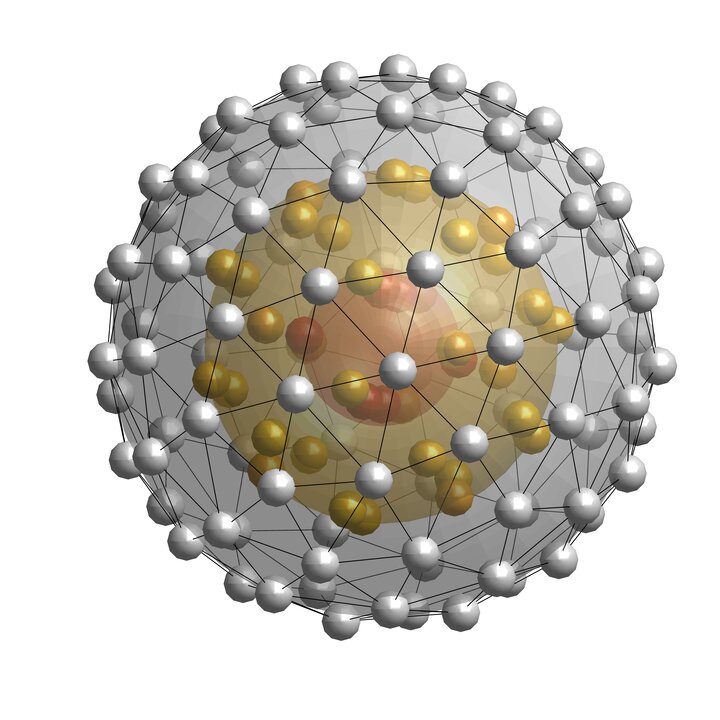Quantum simulators can be regarded as analog quantum computers, and permit the study of (novel) quantum systems that are difficult to study in the laboratory, and which are essentially impossible to solve on classical computers. A quantum simulator is designed to explore specific problems, for instance in quantum chemistry and bio-molecular physics, where there are important open questions related to energy transport in photosynthetic complexes and catalytic cycles of high biological interest.Quantum simulators employing cold atoms (Rydberg atoms) are studied in the group of Servaas Kokkelmans. In Rydberg atoms the outermost electron is highly excited and is only weakly bound to the atom. Thanks to these electrons the interactions between Rydberg atoms are very strong and the atoms form a good basis for a quantum bit. By using a laser, Rydberg atoms can be switched on and off, allowing calculations to be performed on a (2D) system of such atoms. Such systems can then be used to simulate quantum properties of more general materials, allowing the computation of complex materials and their properties exponentially more efficiently than classical computers are able to.By controlling the interaction of light and matter on the nanoscale in nanophotonic systems, Jaime Gómez Rivas envisions to reach quantum condensates in the strongly coupled regime. By realizing coherently interacting quantum condensates in trapped states using nanoparticle arrays, the basic building blocks of quantum simulators could be realized as well. This work is part of the quantum nanophotonics activities in the Center (See Quantum Nanophotonics)
).
Quantum simulators can be regarded as analog quantum computers, and permit the study of (novel) quantum systems that are difficult to study in the laboratory, and which are essentially impossible to solve on classical computers. A quantum simulator is designed to explore specific problems, for instance in quantum chemistry and bio-molecular physics, where there are important open questions related to energy transport in photosynthetic complexes and catalytic cycles of high biological interest.Quantum simulators employing cold atoms (Rydberg atoms) are studied in the group of Servaas Kokkelmans. In Rydberg atoms the outermost electron is highly excited and is only weakly bound to the atom. Thanks to these electrons the interactions between Rydberg atoms are very strong and the atoms form a good basis for a quantum bit. By using a laser, Rydberg atoms can be switched on and off, allowing calculations to be performed on a (2D) system of such atoms. Such systems can then be used to simulate quantum properties of more general materials, allowing the computation of complex materials and their properties exponentially more efficiently than classical computers are able to.By controlling the interaction of light and matter on the nanoscale in nanophotonic systems, Jaime Gómez Rivas envisions to reach quantum condensates in the strongly coupled regime. By realizing coherently interacting quantum condensates in trapped states using nanoparticle arrays, the basic building blocks of quantum simulators could be realized as well. This work is part of the quantum nanophotonics activities in the Center (See Quantum Nanophotonics)
).
